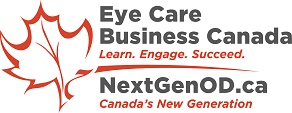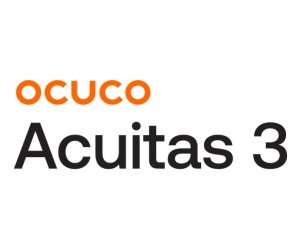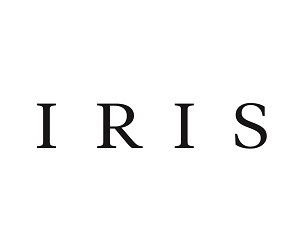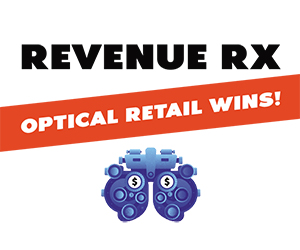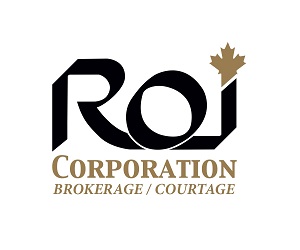
As 2025 winds down, it’s the perfect time to review your financial situation and make strategic moves that could benefit your 2025 tax return and set you up for a strong start in 2026. Here are some key considerations to keep in mind:
- Capital Gains & Losses
While the proposed changes to capital gains inclusion rates have been shelved indefinitely*, it’s still wise to review your non-registered investments, both personally and corporately. If you anticipate needing income in 2026, consider triggering gains or losses now to optimize your marginal tax rate both for this year and the next.
- Open an FHSA, Even If You’re Not Ready to Contribute
Looking to start saving for your first home? Opening a First Home Savings Account (FHSA) in 2025, even without contributing, provides you with the current year contribution limit of $8,000, allowing you to pump up your savings to $16,000 of contribution room in 2026.
- Home Buyers’ Plan RRSP Withdrawals
Planning to use your RRSP for a first-time home purchase? Make your eligible withdrawal before December 31, 2025 to benefit from the enhanced temporary* repayment relief period. Withdrawals made between January 1, 2022, and December 31, 2025, enjoy an extra three-year grace period before repayments begin.
- Turning 71 This Year? Time to Convert Your RRSP
If you turned 71 in 2025, you must convert your RRSP to a RRIF by year-end. Mandatory minimum withdrawals will begin next year.
- TFSA Withdrawal Timing Matters
Thinking of withdrawing from your TFSA early in 2026? Remember, any amount you withdraw is added back to your contribution room January 1 of the following calendar year. If you plan to recontribute, consider withdrawing before December 31 to avoid potential overcontribution penalties in 2026.
- RESP Withdrawals for Post-Secondary Students
If your child started post-secondary studies this year, you can make a second RESP withdrawal in 2025 provided the first withdrawal was at least 13 weeks prior. This can help manage your student’s taxable income from withdrawals of grants and growth. Also, consider making a withdrawal before year-end rather than in 2026 if your student is finishing their studies in Winter 2026 so as to capture the taxation in 2025 rather than when they will likely earn more taxable income in their year of graduation.
- Maximize RDSP Contributions
If you or your child has a Registered Disability Savings Plan (RDSP), make your annual contribution before year-end to take full advantage of the Canada Disability Savings Grants and Bonds.
- Be Tax Savvy with your Charitable Giving
To claim a donation tax credit on your 2025 return, donations must be made by December 31. For larger gifts, consider donating non-registered marketable securities that have grown in value so you can also eliminate your tax burden from the capital gain.
- Prescribed Rate Loans: Don’t Miss the Deadline
If you’re using a prescribed rate loan for family income splitting, ensure the interest payment is made and received within the first 30 days of 2026. This keeps the strategy compliant and effective.
Need Help Navigating Your Year-End Planning?
We’re here to help you make informed decisions that align with your financial goals. Reach out to us with any questions or to schedule a personalized review. at roxanne@c3wealthadvisors.ca or 780-261-3098.
*note: this article was written prior to the November 4, 2025 Federal Budget release.
Roxanne Arnal is a Certified Financial Planner®, Chartered Life Underwriter®, Certified Health Insurance Specialist, former Optometrist, Professional Corporation President, and practice owner. She is dedicated to empowering individuals and their wealth by helping them make smart financial decisions that bring more joy to their lives.
This article is for information purposes only and is not a replacement for personalized financial planning. Errors and Omissions exempt.
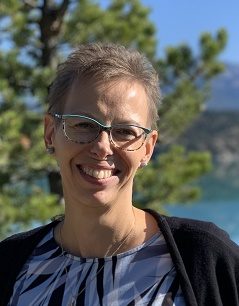
ROXANNE ARNAL,
Optometrist and Certified Financial Planner
Roxanne Arnal graduated from UW School of Optometry in 1995 and is a past-president of the Alberta Association of Optometrists (AAO) and the Canadian Association of Optometry Students (CAOS). She subsequently built a thriving optometric practice in rural Alberta.
Roxanne took the decision in 2012 to leave optometry and become a financial planning professional. She now focuses on providing services to Optometrists with a plan to parlay her unique expertise to help optometric practices and their families across the country meet their goals through astute financial planning and decision making.
